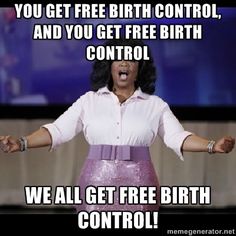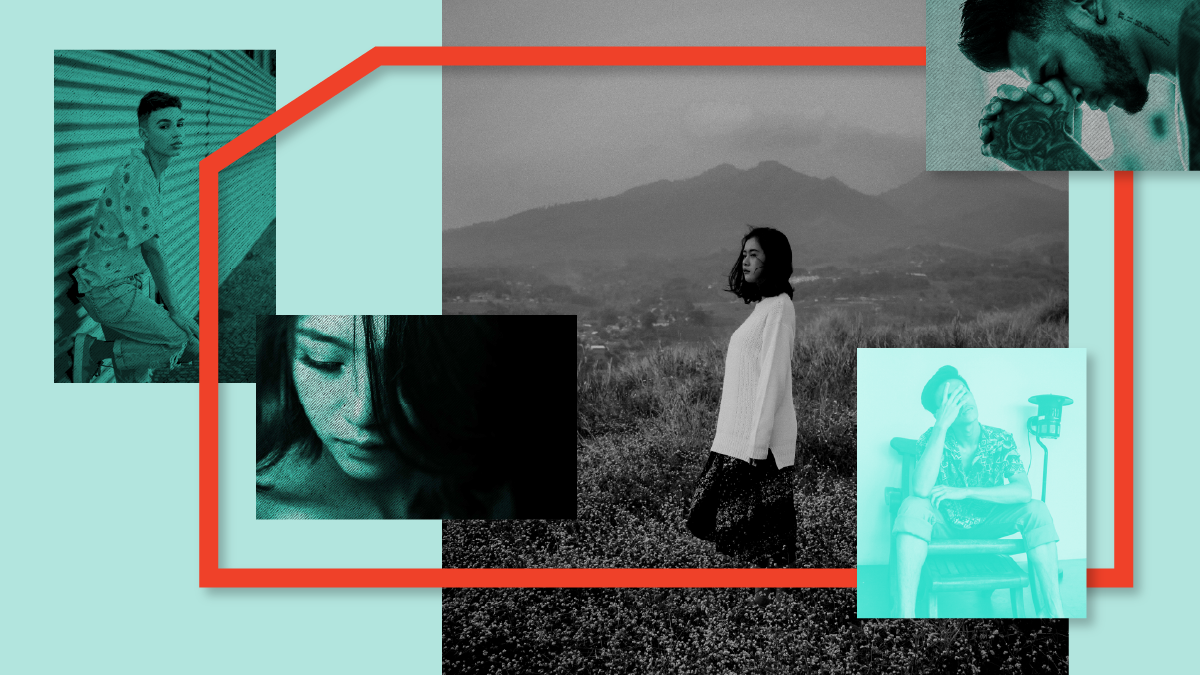Abortion rights, women of color, and LGBTQI+ people are under attack. Pledge to join us in fighting for gender justice.
The Perils that Women Face Without Preventive Services

So, the Affordable Care Act (ACA) did a great thing for women’s health—under the ACA, all new or updated plans must cover select women’s preventive services without any out-of-pocket costs for women. That means no co-pays, deductibles, or charges for office visits!! Since this part of the ACA went into effect in 2012, over 55 million women have become eligible to access these preventive services without costs.
Today, a panel of women health experts brought together by the American College of Obstetricians and Gynecologists (ACOG) as part of its Women’s Preventive Services Initiative (WPSI), issued a report on these preventive services—reaffirming the importance of these women’s preventive services. The Health Resources and Services Administration (HRSA), an agency under the Department of Health and Human Services (HHS), adopted WPSI’s clinical recommendations to help health practitioners best deliver these services to women.
Here is the full list of required women’s preventive services:
- Breast Cancer Screening for average-risk women;
- Breastfeeding services and supplies;
- Screening for cervical cancer;
- Contraception and contraception counseling;
- DNA testing for high-risk strains of HPV;
- Screening for gestational diabetes mellitus;
- Screening for human immunodeficiency virus;
- Screening for interpersonal and domestic violence; and
- Well-woman visits.

So why is coverage of these women’s preventive services such a BFD and what perils have women been able to avoid with these preventive services?

GETTING WOMEN CARE THEY NEED: Before the ACA became law, women were more likely than men to avoid getting the preventive services they needed due to the high costs associated with them (think high co-pays for birth control pills). Now, cost does not keep women from getting important preventive care.
IMPROVING ECONOMIC SECURITY: ince this part of the ACA took effect in August 2012, women have saved major money. One study found that in 2013, women saved $1.4 billion on the birth control pill alone.
PREVENTING POOR HEALTH OUTCOMES: Preventive health care is . . . well. . . preventive—it helps to prevent and avoid poor health outcomes or the development of disease down the road. Access to preventive services has been shown to improve women’s health outcomes by identifying risk factors for disease or detecting disease in early stages—which improves the likelihood of eliminating or reducing poor health outcomes. And, as WPSI notes in its report: “The role of preventive health care services, particularly in conjunction with early treatment of symptoms that may lead to worsening conditions, is the foundation of well-woman care.” Another win-win for women!
PREVENTING UNPLANNED PREGNANCIES, IMPROVING WOMEN’S HEALTH AND FUTURES: Access to birth control, which—yes—is a preventive health service identified by medical experts and covered under the preventive services provision—helps to improve women’s health and reduce the likelihood of unplanned pregnancies. The decision of when to have a child has enormous economic consequences for women and their families and access to birth control is strongly linked to access to educational and professional opportunities and increased lifetime earnings.

KEEPING THE WORKFORCE HEALTHY: One study found that health issues negatively impact the economy, resulting in 69 million workers reporting missed days due to illness each year, and reducing economic output by $260 billion per year.[1]But, access to preventive services helps to stave off health conditions that compromise women’s ability to participate in the workforce.
So, avoid these perils and go #GetCovered so that you can access these preventive services!

[1] Davis, K. Collins, S.R., Doty, M.M. Ho, A., and Holmgren, A.L., Health and Productivity Among U.S. Workers. The Commonwealth Fund, August 2005.





